Borage is an herb known for supporting health. Gamma linoleic acid (GLA), an omega-6 fatty acid that has been demonstrated to reduce inflammation, is particularly abundant in it.
Atopic dermatitis, rheumatoid arthritis, and asthma are just a few of the ailments that boreage may aid in treating. Borage, also referred to as starflower, is a herb renowned for its therapeutic benefits and vivid purple blossoms.
Borage has been used as a sedative, to widen blood vessels, and to treat seizures in conventional medicine. The plant's leaves and blooms can be eaten, and they are frequently added as a garnish, dried herb, or vegetable to a variety of beverages and foods.
In order to make herbal tea, the leaves are occasionally also crushed up and soaked in hot water. Borage oil, which is typically administered topically to the skin and hair, is made from the seeds in the meantime. Its flowers, leaves, and seed oil are all utilised as medicinal ingredients.
Skin conditions like eczema, seborrheic dermatitis, and neurodermatitis can all be treated with borage seed oil. In addition, it is used to treat rheumatoid arthritis (RA), stress, premenstrual syndrome (PMS), diabetes, ADHD, acute respiratory distress syndrome (ARDS), alcoholism, pain, edoema, and inflammation, as well as to avoid heart disease and stroke.
Borage is also used as a sedative, to enhance urine flow, to treat the hormone disorder known as adrenal insufficiency, to purify blood, to avoid lung inflammation, to stimulate sweating, and for other purposes. Borage is also used to prevent bronchitis and treat colds in addition to increasing breast milk supply.
Health benefits of Borage:
- One of the most popular low-calorie culinary herbs, particularly in Mediterranean nations, is boreal. Only 21 calories are included in 100 g of fresh leaves. The herb is a rich source of vitamins, minerals, and phytonutrients, all of which are necessary for overall wellness and good health.
- The herb contains 17–20% of the important fatty acid gamma-linolenic acid (GLA), on average. Omega-6 fatty acid linolenic acid is crucial for the recovery of joint health, immunity, and healthy skin and mucosa.
- Ascorbic acid, which is found in abundance in fresh borage herb, provides 35 mg, or 60% of the RDA, per 100 g. One of the most potent natural antioxidants, vitamin C helps the body get rid of dangerous free radicals. Its benefits on wound healing, antiviral activity, and immunological boosting when combined with those of other antioxidants.
- One of the abundant sources of vitamin A (140% of RDA) and carotenoids is the herb known as starflower. These two substances are potent flavonoid antioxidants. Together, they serve as protective scavengers against reactive oxygen species (ROS) and free radicals created from oxygen, which are key players in the ageing process and a number of disease processes.
- Vitamin A is important for vision and is also known to have antioxidant qualities. It is also necessary to maintain healthy skin and mucous membranes. It is well known that eating organic foods high in vitamin A and carotenoids can assist the body fend off malignancies of the mouth and lungs.
- Iron (41% of RDA), calcium, potassium, manganese, copper, zinc, and magnesium are among the minerals the herb contains in good amounts. Potassium is a crucial part of physiological fluids and cells, and it helps regulate blood pressure and heart rate. Superoxide dismutase, an antioxidant enzyme, uses manganese as a cofactor. Cytochrome oxidase, a key enzyme in cellular metabolism, requires iron as a cofactor in order to function. Iron also affects how much oxygen the circulation can carry because it is a part of hemoglobin in red blood cells.
- Additionally, the herb is one of the niacin-rich moderate sources of B-complex vitamins (vitamin B-3). Niacin aids in the reduction of LDL cholesterol in the body. It also contains average amounts of riboflavin, thiamin, pyridoxine, and folates. These vitamins serve as co-factors in the body's enzymatic metabolism

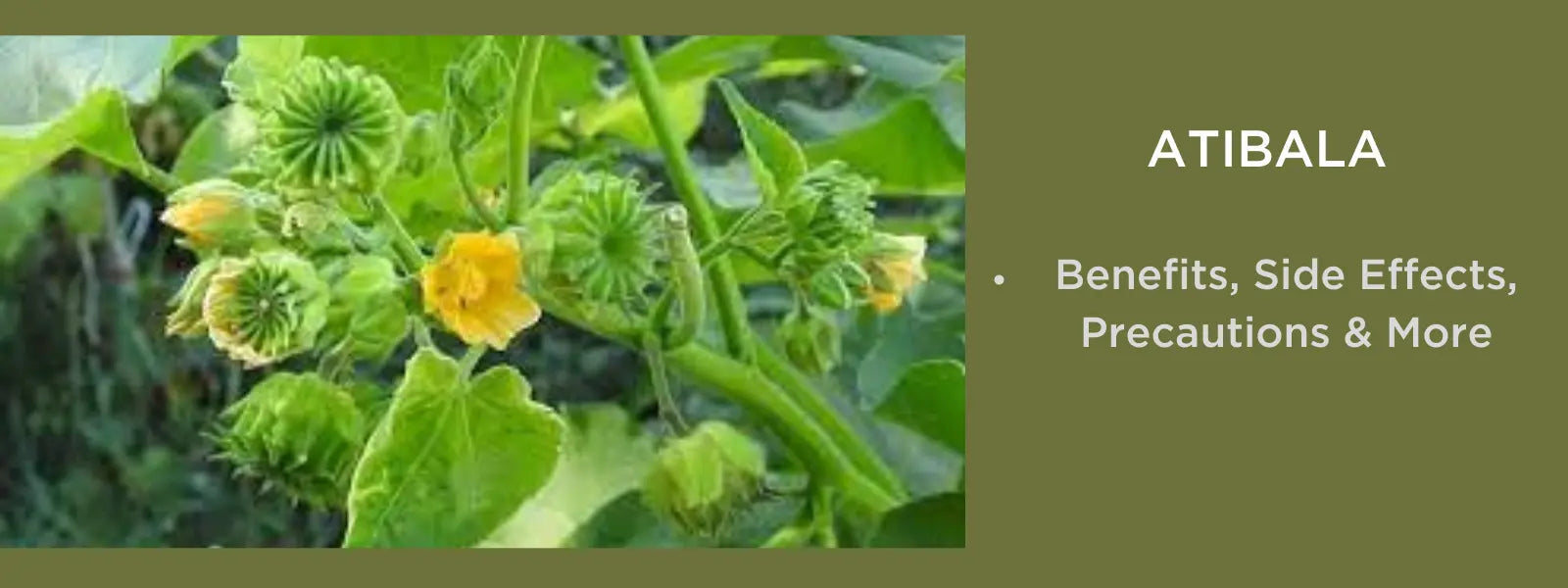
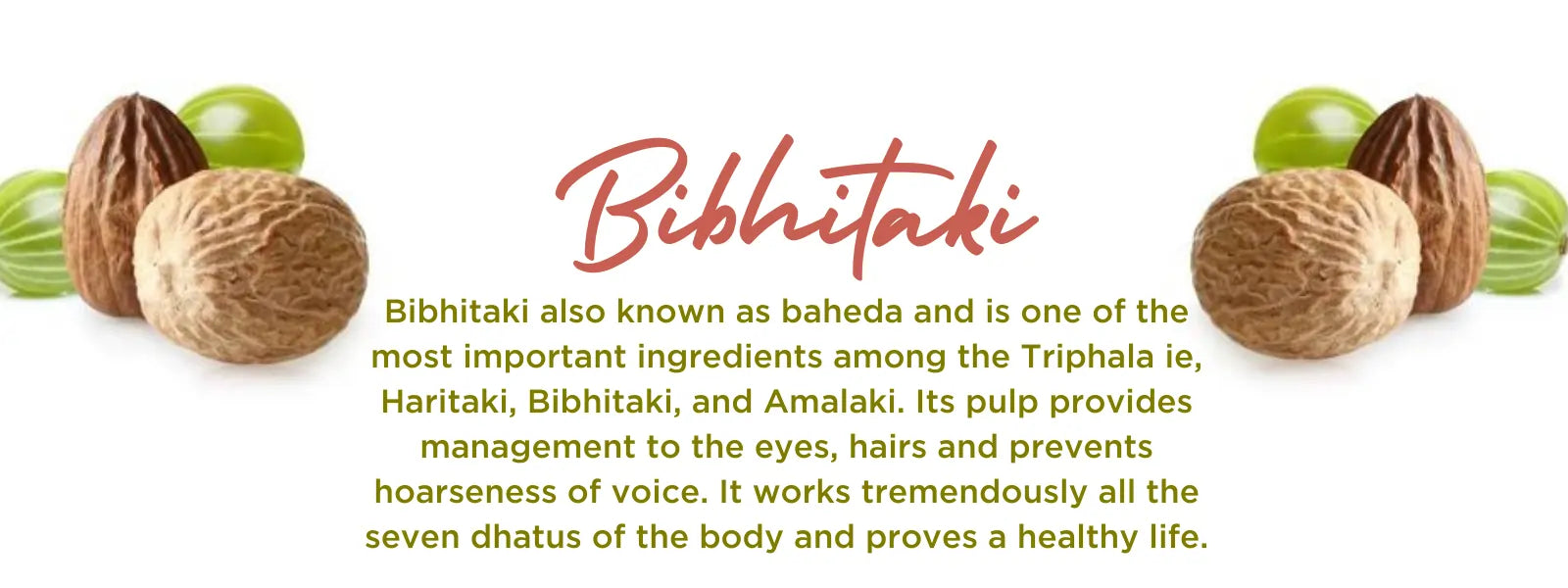
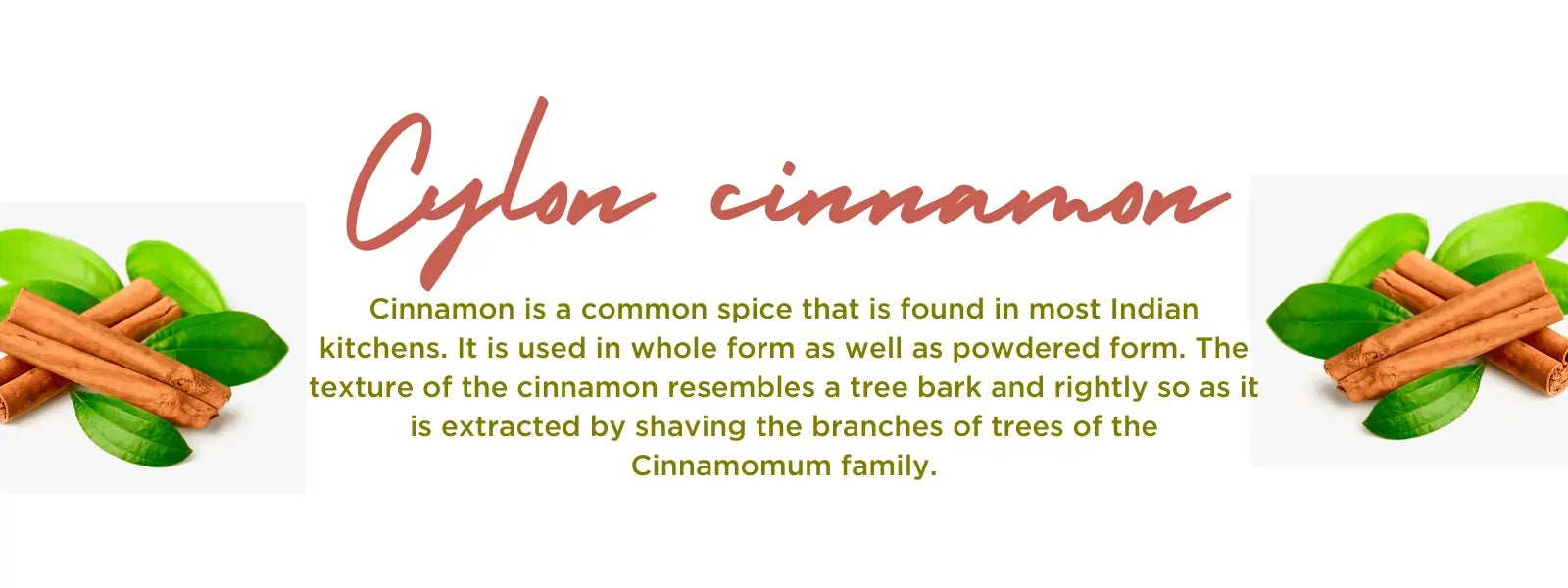
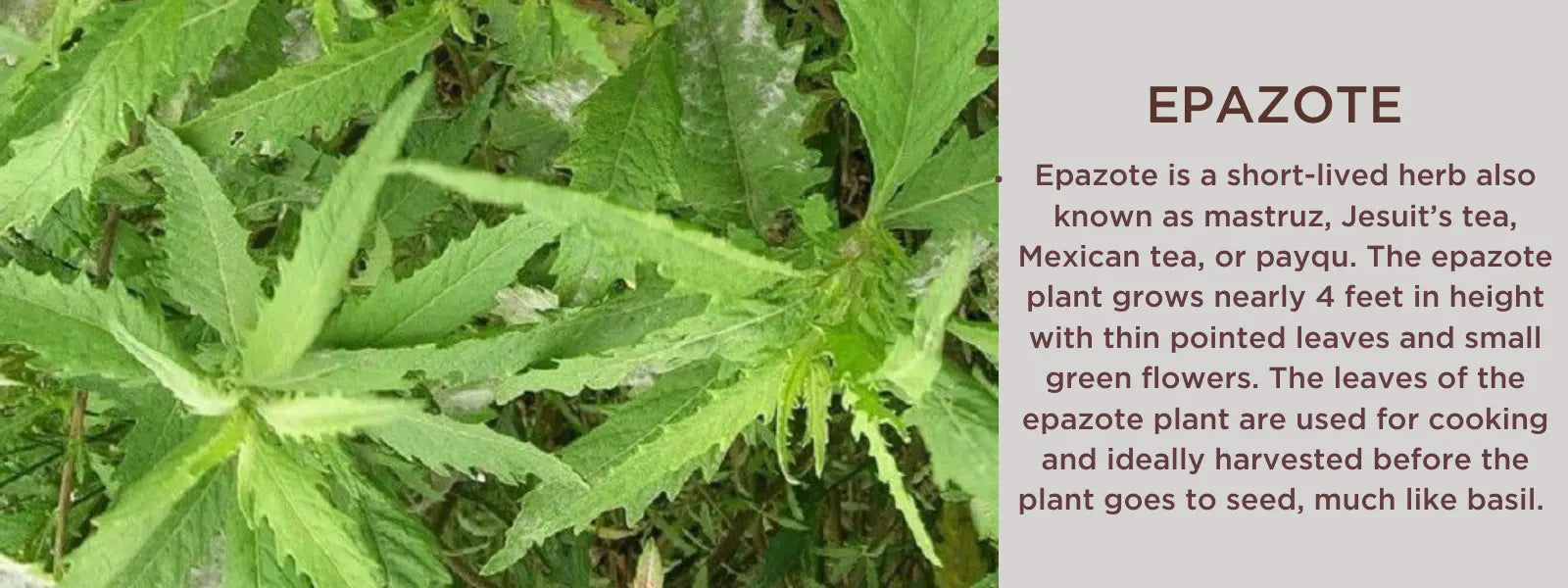
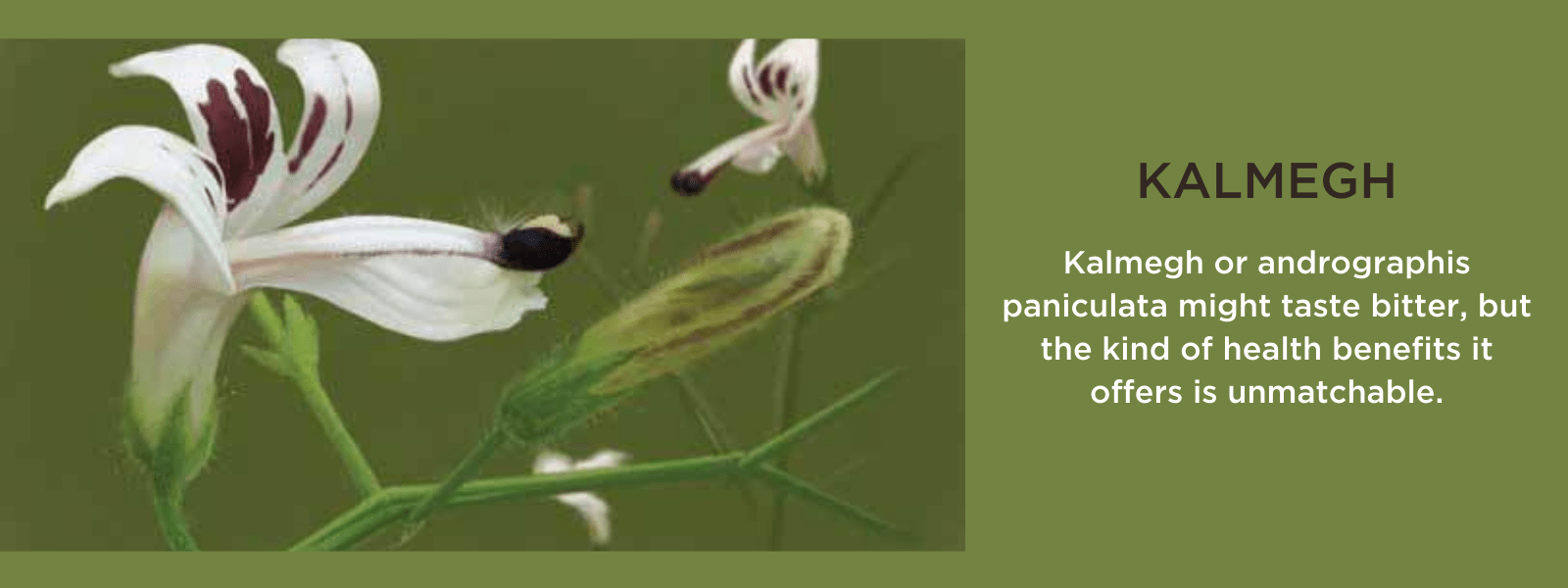
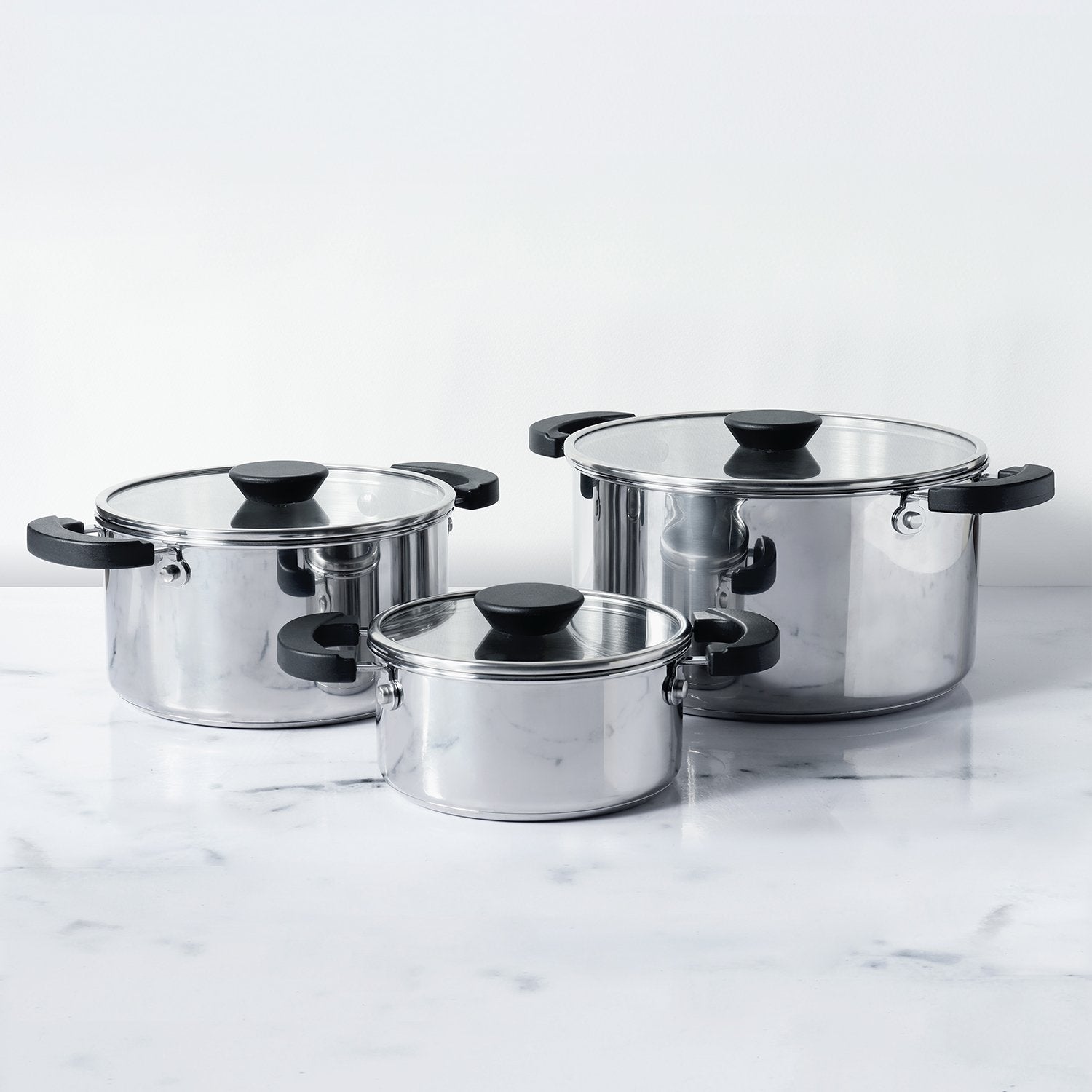




Leave a comment